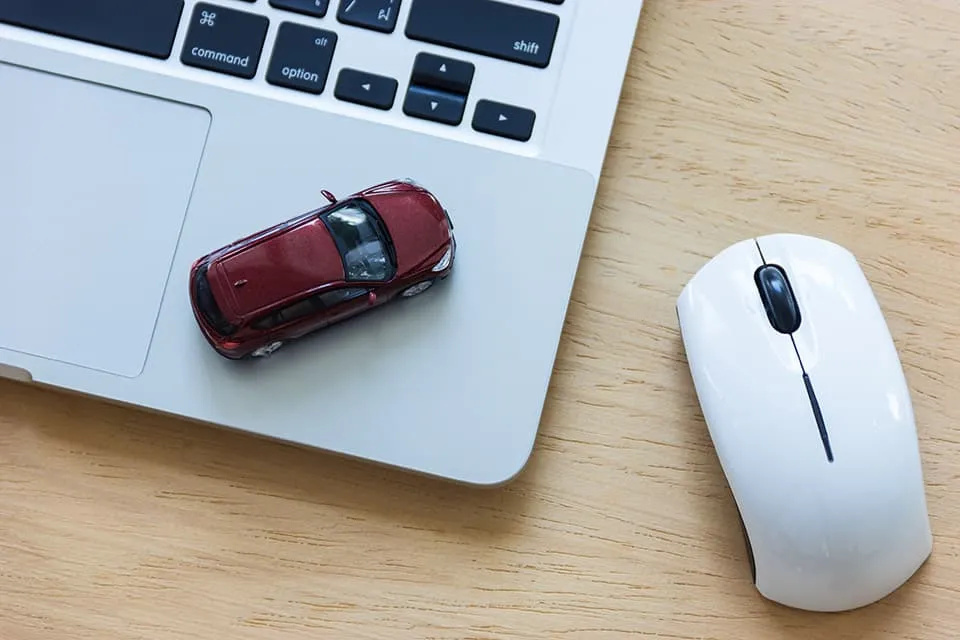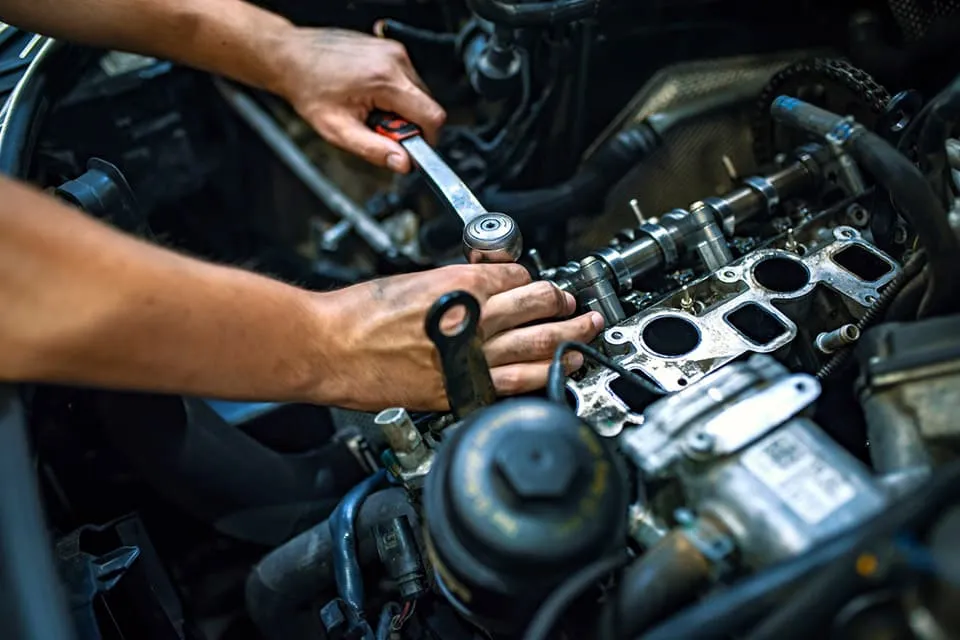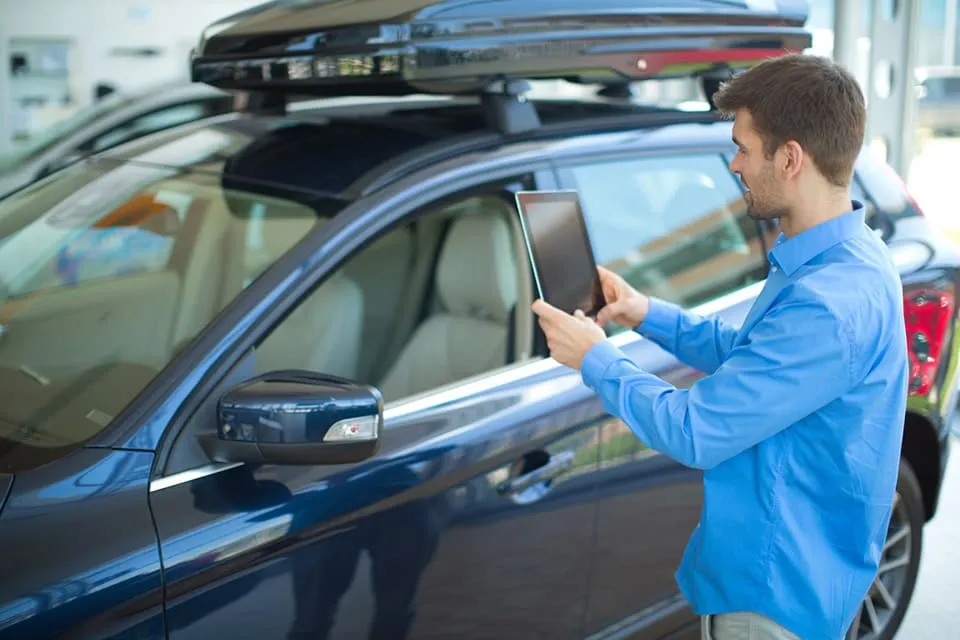How to Sell a Car Online

With the internet offering a convenient way to buy and sell various items, it's no wonder that a large portion of car sales have moved online. Whether you use a purpose-built marketplace or facilitate the entirety of the sale on your own, selling a car online can be a profitable and straightforward process.
How Can I Sell My Car Online?
Step #1: Choose Your Method
You have a few options as to where you will list your car, each giving you a different level of control over the selling process. Your two best options for selling include:
- Online Vehicle Marketplace: There are many listing platforms to choose from, including Carvana, Kelley Blue Book, and Autotrader. Each has its own process for car sales, but all give you a way to receive offers and talk with potential buyers entirely online.
- Facebook Marketplace or Craigslist: While not explicitly built to sell vehicles, both Facebook Marketplace and Craigslist have site sections dedicated to automotive sales and trades. You can also find a buyer in your local area, removing the need to have you or the buyer drive a long distance to pick up the car.
Step #2: Make Any Repairs You Can

Before you set your price, you'll want to do everything you can to increase the value of your car. While making significant repairs may not be practical, a common way to increase the value would be to replace defective parts. Instead of fixing large components like the engine, focus on replacing the tires, changing the oil, making sure brake and tail lights are working, and getting the interior as clean as possible. These small changes can dramatically impact the price buyers are willing to pay and can end up making you hundreds or thousands more in profit.
Step #3: Find Your Car's Value and Set a Price
You'll want to assess your car's value to help set a fair price, and the best way to do that is with a vehicle history report. A vehicle history report can give you all the details you'll need about your vehicle, including its history of accidents, owners, repairs, and recalls. A buyer is likely to get their own report, and if they find items about your vehicle's history you didn't know about, they may give you an incredibly low offer.
Vehicle history reports can also help you identify hidden damage; if your car was in an accident before you purchased it but didn't receive appropriate repairs, you might want to take it in for an inspection. A vehicle inspection by an automotive professional can also be helpful when setting a price, as they can give you an accurate idea of your car's overall condition.
Step #4: Take Quality Photos of Your Vehicle

Because a buyer won't be able to physically interact with your vehicle, they'll be working off your description and any photos you've uploaded with your ad. Here are a few tips for taking better photos of your car:
- Have Good Lighting: Make sure not to take photos of your car at night or on a cloudy day. Clear lighting will help buyers get a good look at your vehicle, not to mention a blurry night photo will make your car appear worse than it is.
- Get the Right Background: You'll want your background to be free from distracting objects, especially other cars. It should be a clean area, as this subtly places the idea in the buyer's mind that the car is well maintained. A good patch of cut grass or a clean driveway are two common backgrounds that work well.
- Don't Avoid Blemishes: You may think it's logical to avoid taking pictures of dents and scratches on your car, but this couldn't be further from the truth. Trying to hide these elements will only anger a buyer when they eventually discover them and may result in them backing out of the final sale.
Step #5: Watch for Scams
While those buying cars have a litany of scams they need to watch out for, sellers aren't entirely safe from being defrauded. A common scam many car sellers will run into is fake payments, usually in the form of a false check. Never agree to receive a regular check as payment for a car, opting instead for a digital payment service, credit card, or cashier's check. Escrow services are similarly risky, as many third-party services can be falsified.
To avoid scams, make sure you have all the information possible about a buyer. Ask for their driver's license, phone number, and proof of address before finalizing any sales. If you suspect that you have been scammed, make sure to contact the proper authorities.
Step #6: Compare Offers and Choose Buyer

Once your page is set up with photos and a well-written description, you should start to get offers. Give it a week or so to let a few offers build, then choose which one you think is best. Then, ask for a deposit on the car, usually about half the final buying price. Buyers can do this through a digital payment service like PayPal or Venmo. You can also meet the buyer in person to receive a different payment (as long as it is not a regular check, which can easily be faked).
Having All the Available Information
is the Best Way to Sell Your Car Online
To sell a vehicle online correctly, you'll want to be sure you know every single detail about its past and current condition. It might be challenging to know all this information if you purchased a used car without a vehicle history report. A vehicle history report can show you numerous pieces of vital data about your car, including:
Title Records
Junk/Salvage Records
Insurer "Total Loss" Records
Pricing
Sales History
Problem Checks
Auto Specs
Location History
NHTSA Crash Test Ratings
NHTSA Recalls
Awards and Accolades
Manufacturer Information
These details can be invaluable during negotiations and ensure the buyers knows you are being honest about the vehicle you're selling. If your car has been in an accident you aren't aware of, the vehicle could have hidden damage that may result in a major component malfunction.
FREE Vehicle Search
- Accidents
- Problem Checks
- Title Records
- Recalls
- Values
- Specs
-
InfoPay, Inc. (dba GoodCar) is an Approved NMVTIS Data Provider
-
-

















